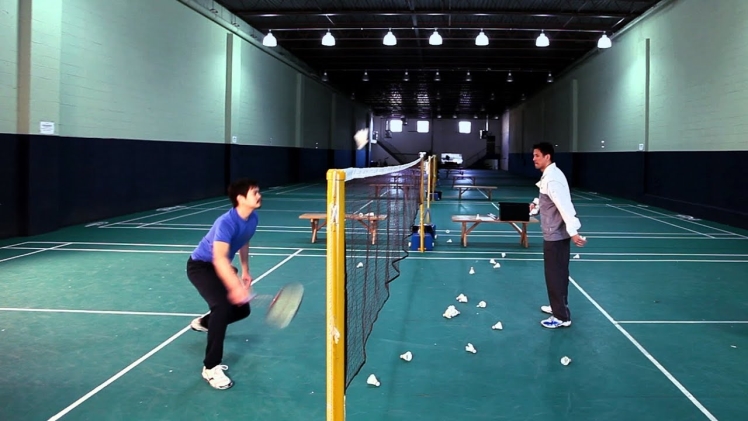Introduction
Badminton, often regarded as the fastest racket sport in the world, is a captivating game that combines agility, precision, and strategy. Played indoors or outdoors, badminton is known for its grace, rapid rallies, and accessibility to players of all ages and skill levels. In this article, we will explore the history, rules, and enduring charm of this elegant sport.
A Historical Journey
The roots of badminton can be traced back centuries to various ancient civilizations, where a game resembling modern badminton was played with a shuttlecock. However, the sport as we know it today has its origins in British India during the mid-19th century. British army officers stationed in India were introduced to a game known as “Poona,” which closely resembled badminton.
The sport’s popularity grew in England, and in 1873, the Bath Badminton Club published the first official rules of badminton. It was named after the club, and over time, it spread internationally. In 1934, the International Badminton Federation (now known as the Badminton World Federation) was established to govern the sport globally.
The Rules and Gameplay
Badminton is played on a rectangular court divided by a net. The objective is simple: to score points by hitting a shuttlecock (often called a birdie) over the net and into the opponent’s side of the court. Here are some key aspects of badminton:
Scoring: Badminton uses a rally scoring system, where a point is awarded on every rally, regardless of the serving side. A standard match consists of the best of three games, with each game won by the first player or team to reach 21 points (or 15 points in women’s and mixed doubles).
Serving: The game begins with a serve from the back of the court. The server must strike the shuttlecock below the waist, and the serve must clear the net and land in the opponent’s service court diagonally.
Rallies: Badminton rallies can be lightning-fast, with players employing a variety of shots including smashes, clears, drops, and net shots. The game demands rapid reflexes, agility, and precise shot placement.
Singles and Doubles: Badminton can be played in both singles (one player per side) and doubles (two players per side) formats. Doubles require additional teamwork and communication between partners.
Badminton’s Timeless Appeal
Physical Fitness: Badminton is a sport that demands agility, speed, endurance, and exceptional hand-eye coordination. Players must move swiftly across the court and execute shots with precision.
Accessibility: Badminton is accessible to individuals of all ages and skill levels. It can be enjoyed recreationally in parks and backyards or played competitively in clubs and tournaments.
Social and Competitive: Badminton offers both social interaction and a competitive edge, making it a versatile sport suitable for friendly gatherings and professional competitions alike.
Global Participation: Badminton boasts a global following, with strong participation in countries like China, Indonesia, Denmark, and India. It is featured in major international competitions, including the Olympics.
Grace and Elegance: Badminton is often admired for its grace and elegance on the court, with players gliding, leaping, and executing delicate shots that captivate spectators.
Conclusion
Badminton, the elegant sport that offers a bird’s-eye view of grace and athleticism, continues to enchant players and fans worldwide. From friendly exchanges of the shuttlecock in local community centers to the intense rivalries at international events, badminton exemplifies the timeless charm of a sport that celebrates precision, agility, and sportsmanship. As it continues to inspire players and enthusiasts alike, badminton stands as a testament to the universal appeal of a game that embodies grace, skill, and the joy of competition.

